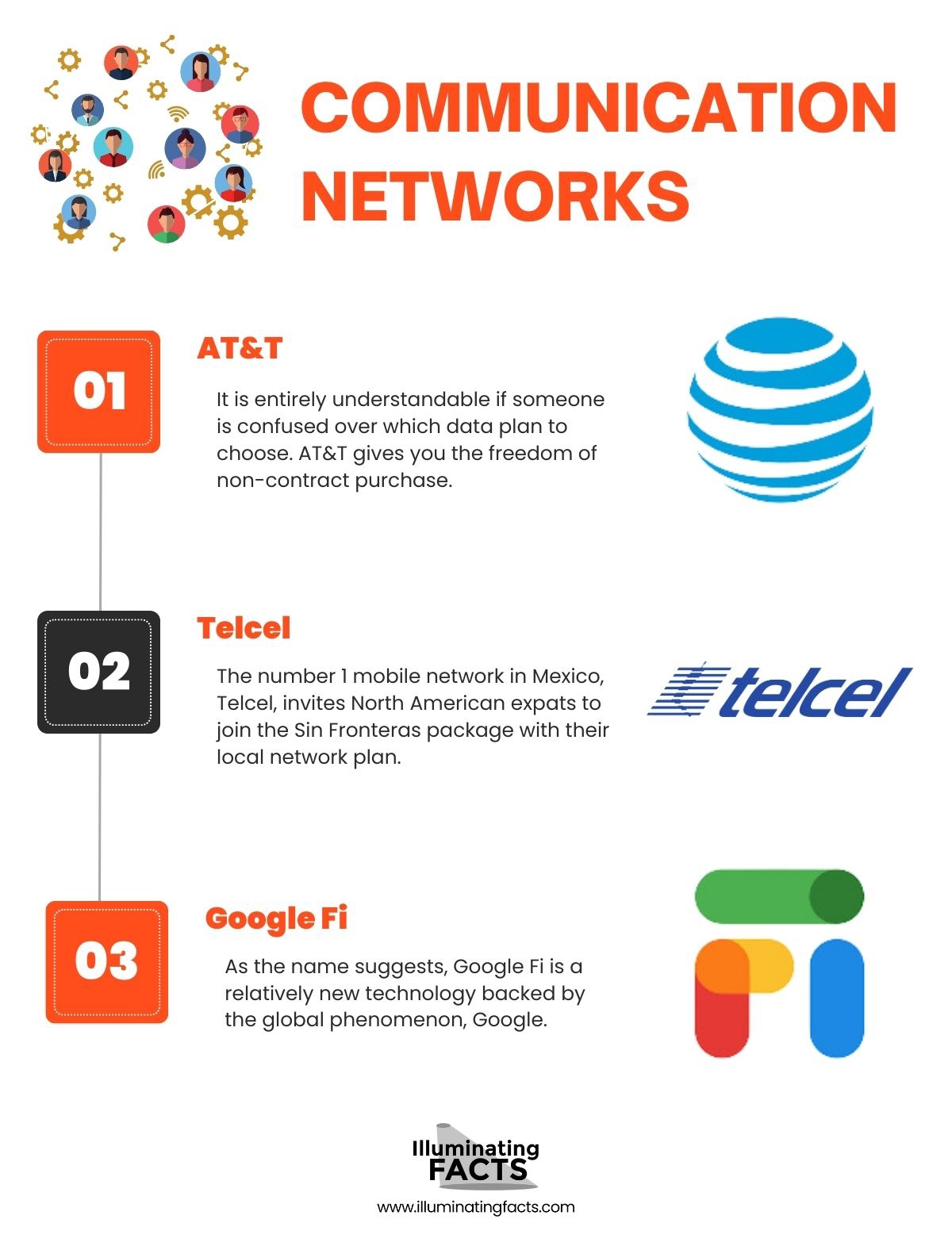Table of Contents
The laid-back land of Mexico is full of surprises for foreigners. Most people are shocked with the friendly yet extremely patriotic vibes the locals give off. While Mexicans may cry over their inefficient government, you’d never see them go against their country and their roots. The US’s influence may have affected Mexico, but they never forget the true Mexican spirit that has run through generations.
The spirit of Mexico can be seen in the everyday life of regular Mexicans as well. Eventually, you’d have to adapt it as well. You’d notice that your Mexican neighbor has different laughter when they’re with their local friends than the laugh they share with you over a friendly dinner. The locals are closely knitted with one another but would never let you feel lonely with their delicious food, the general atmosphere of festivities, and the Mexican people’s hearty hospitality.
Now, let’s have a look in detail at how a regular day in Mexico looks. We have already talked about residency options in urban Mexico. Basic utilities like electricity, gas, and water are readily available everywhere. Read on the learn about other utilities to give you a better idea about what kind of country Mexico is.
Internet
Many people in the US and around the world feel that working Wi-Fi is synonymous with oxygen these days. Everyone who can operate a smartphone must also have a connection with a decent router at all times. Just thinking about not having Wi-Fi gives us headaches and nightmares.
The environment in Mexico is no different. Like other developed countries in the world, you get an option to choose from several internet providers. You can avail a bunch of offers depending on your visit duration and your reason for staying.
If you are a tourist and visiting Mexico for a few months, we recommend that you check out the following options so that you don’t end up spending thousands while using data on roaming[i]:
1. Buying a Prepaid SIM card
This chip-sized card is available at the airport and right outside of it. The most popular choice among tourists, this card provides internet data, calling minutes, and other utilities at a fixed price. You put the SIM card in your smartphone, and it’s good to go. It is also known as the international chip card.
Tourists often cry because they spend so much money on data that is wasted over roaming charges. Using this prepaid card, you don’t have to worry about money as you precisely get the time for which you paid. Once you use up your data, the card can be recharged again.
2. Buying a Local SIM Card
An alternative to a prepaid SIM card is to buy a SIM from the local network providers. It’s cheap and you can buy one from the airport. The SIM card comes with packages for the internet, calls, and social media usage. Usually, a newly bought SIM is given some credit and free data. You can renew the package easily, and the SIM card will be functional outside Mexico, too (on roaming, unless you are in America or Canada).
3. Renting or Buying a Portable Wi-Fi
You must have seen a small, wallet-sized modem that serves as a Wi-Fi modem. It can easily be carried in a pocket and serves well for up to four people. These portable modems are up for rentals and purchase in Mexico. They don’t cost a lot and can be used outside Mexico as well. The only downside is that if more people connect to it, the speed might not be that great, and you will have to charge it every day so it will last a full day without dying.
Also, you’ll have to carry it with you if you want to use the internet at all times. The plus point is that it won’t drain your phone’s battery as quickly as mobile data does. But then again, we don’t recommend that you use it for heavy downloads and streaming.
Famous Internet Providers in Mexico
Mexico ranks at number 10 in the entire world for the number of internet users. Around 81 million people use the internet, roughly 70% of the entire population[ii]. This includes all types of internet sources – mobile data, ADSL, and VDSL.
Mexico is among the few countries that have close to zero internet censorship. In other words, it means that anything and everything is accessible to everyone who has access to the internet. While this may sound good, the increasing incidents of violence against reporters, media outlets, and media personalities have led the press to censor their content for obvious safety reasons.
Like other countries, Internet Service Providers (ISP) in Mexico is based on wireless and wired technology. Following are some famous service providers and the packages they offer[iii]:
| Service Provider | Type | Speed | Price (starting from) | Rating |
| AT&T | DSL, television | 1Mbps | $45.00 | 3.5/5 |
| Xfinity | Cable internet, TV, phone | 2Gbps | $50.00 | 3/5 |
| HughesNet | Satellite internet, phone | 25Mbps | $69.99 | 4/5 |
| Viasat | Satellite internet, phone | 100Mbps | $60.00 | 3.5/5 |
| CenturyLink | Fiber, DSL, wired internet, TV, phone | 25Mbps | $50.00 | 3/5 |
| EarthLink | Fiber and DSL | 75Mbps | $75.00 | 2.5/5 |
Communication Networks
Surprisingly, Mexico has an excellent landline telephone network. It may sound obsolete, but wall-hung or tabletop telephones are still a thing. Of course, land lines are not used as often as cellular phones, but we cannot deny its existence.
Mexico has insanely low prices when it comes to telephone bills. Recently, they have cut all additional charges on international calls. This reduction means that if you make a call with your landline set to a cellphone outside Mexico, the call will cost the same as a local call[iv]. Phone calls have never been this cheaper in Mexico.
When it comes to mobile networks, three giant companies are dominant among the locals. Like landline, Mexico is among the few countries that provide affordable rates for calls and data packages.
The following key features are available on the most common mobile networks in Mexico:
1. AT&T
It is entirely understandable if someone is confused over which data plan to choose. AT&T gives you the freedom of non-contract purchase. You will only have to pay per month for a plan that suits you best. For as low as US$10, you will get unlimited calls and SMS within North America with 3GB of Internet data for a whole month.
Also, surfing casually on social media apps like Facebook, WhatsApp, and Twitter won’t use your primary data package data[v]. All these affordable facilities make AT&T one of the most popular networks in Mexico.
2. Telcel
The number 1 mobile network in Mexico, Telcel, invites North American expats to join the Sin Fronteras package with their local network plan. This plan allows them to call back and forth from the US/Canada bearing only the local charges. And it only costs around US$2.50, which is super cheap.
3. Google Fi
As the name suggests, Google Fi is a relatively new technology backed by the global phenomenon, Google. The best thing about Google Fi is that it keeps switching to networks with the best coverage in a particular area. It usually makes switches between Sprint, T-Mobile, and other US cellular networks. For US$20 a month, you get unlimited calls and texts.
It is $10 per GB for internet data, but the rest is free if your usage hits 6 GB. That makes it $60 for 6 GBs and no additional charges beyond that. What’s more interesting about Google Fi is that it charges by your usage – you use less, you pay less. Also, no matter how much you use, Google Fi won’t charge you more than $80, which is their upper limit.
Transport
After settling in, the commute is the most important thing that one needs to consider. Whether it’s for work or a regular day out, you’d have to know your options. We don’t expect that you buy a car the moment you land in Mexico. Fortunately, Mexico has an excellent transport system that is efficient and cheap.
1. Buses
For local traveling, getting on a bus is the most convenient option. Buses are great for traveling between cities. The long-distance buses are called camiones in Mexico, and they come in different classes – first (Primera) and second (Segunda). At a glance, there is no difference between the two. Both have comfortable seating with AC. The biggest difference is the number of stops either of them makes. The second-class camiones stop at every bus station to pick up passengers, while the first-class service stops at specific stations only.
Prices are affordable too. For example, a first-class ticket from Cancún to Mérida costs M$370, which is quite reasonable[vi].
Moreover, traveling within a city can be done via local buses too. But be careful, it is not for everyone as you might be squished between tons of passengers during peak hours. Then again, this is Mexico at its finest. Plus, it costs insanely low. You’ll have to keep change in your pocket for traveling in local buses.
2. Metro Bus
Mexico introduced a new type of transport system to its citizens in 2006[vii]. It includes a dedicated road between regular roads that are used by metro buses only. In this way, a metro bus won’t have to get trapped in city traffic. It’s a quick way to commute within a city while avoiding a traffic jam.
Driving in Mexico
The roads of Mexico are no different than the average roads of a busy city. You’ll find yourself in the middle of heavy traffic during the holiday season but apart from that, driving in Mexico is pretty easy. If you have come to Mexico from any neighboring country, you can bring your car. Unless you desire to drive in the “free zones,” you don’t need any special permission for your non-Mexican plated car[viii]. The free zones of Mexico are:
- Within 25km of the border.
- The entire Baja California peninsula.
- A defined area north of Sonora.
- The southern state of Quintana Roo.
If you wish to travel within free zones of Mexico, you must consult the authorities and have special permissions granted to you. A foreigner can bring one and only one vehicle with them from outside Mexico, and they should have proof that the vehicle is their own. The permission applies to tourists and people on temporary visas as well.
[i] “How to have Internet in Mexico without spending too much : Our complete guide.” Retrieved from https://alma-de-chiapas.com/en/internet-in-mexico/
[ii] “Internet in Mexico.” Retrieved from https://en.wikipedia.org/wiki/Internet_in_Mexico
[iii] “Best Internet Service Providers in Mexico, IN.” Retrieved from https://www.broadbandsearch.net/service/indiana/mexico
[iv] “Communications in Mexico.” Retrieved from https://www.mexperience.com/mexico-essentials/communications-in-mexico/
[v] “Best Cell Phone Plans for Living in Mexico” (Sept 9, 2019). Retrieved from https://weexpats.com/best-cell-phone-plans-for-living-in-mexico/
[vi] “Getting Around Mexico: Transportation Tips.” Retrieved from https://www.roughguides.com/mexico/getting-around/
[vii] “Getting Around in Mexico.” Retrieved from https://www.mexperience.com/transport/getting-around-mexico/
[viii] “Driving in Mexico.” Retrieved from https://www.mexperience.com/transport/driving-in-mexico/






